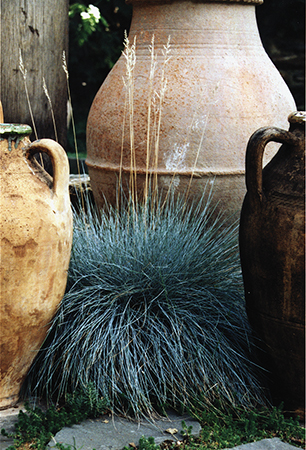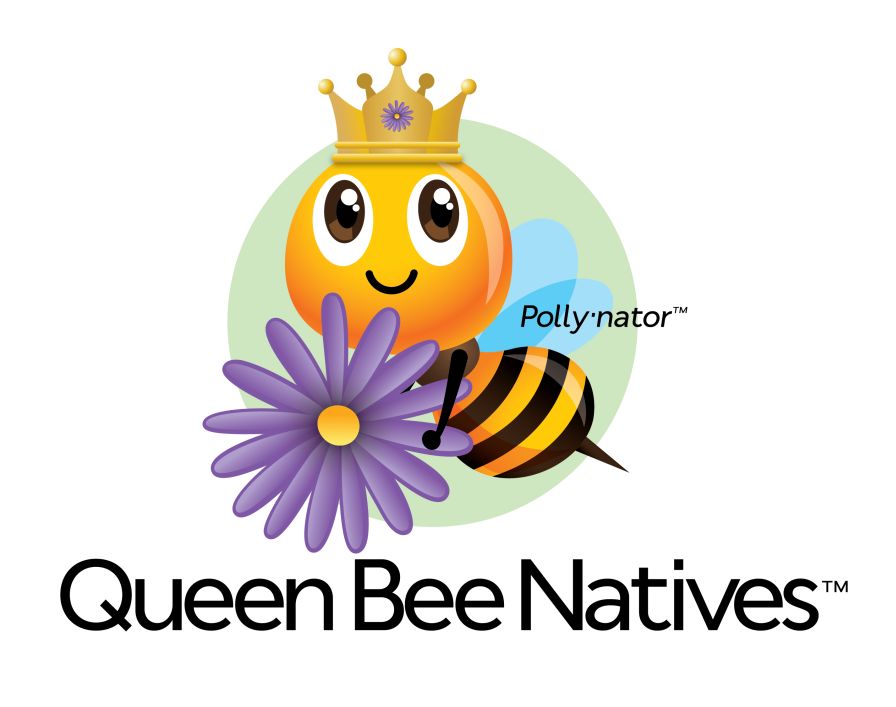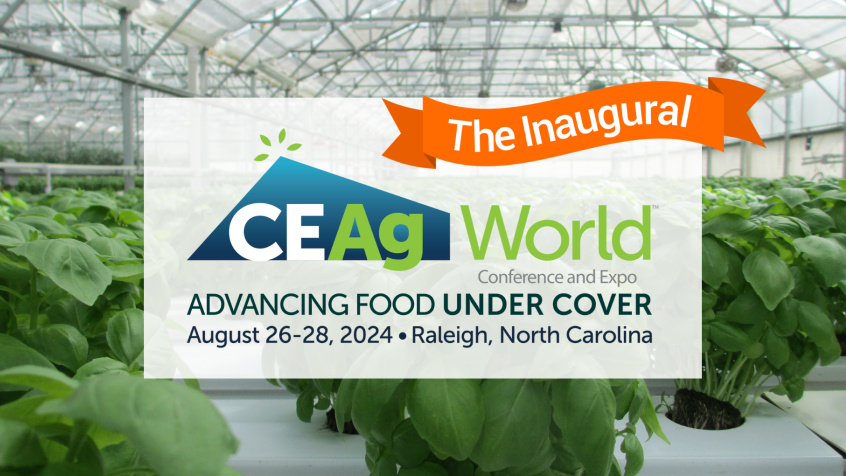The Value Of Biodegradable Containers

What drives a consumer to purchase one plant over another? Logical factors include plant type, need and price. But as more consumers begin to take note of environmental impacts associated with their households and the products they buy, the need to personify your product as meeting this “green” standard is essential.
There are several ways firms can capitalize on this transition consumers are making to being “green,” including implementing new production techniques, lowering carbon footprint within your operation or offering plants in a more environmentally sustainable potting container. Unlike new production techniques and lowering carbon footprint, introducing biodegradable containers has the potential to offer a relatively easy and cost-effective means to target the “environmental consumer.”
The potential for new biodegradable potting containers is good. In a recent study by Hall et al. (2010), approximately 84 percent of consumers valued a biodegradable potting container to the traditional plastic pot. Furthermore, four of the six market segments identified (or 73 percent of consumers) were found to rely more heavily on the potting container as a driver of purchase than price, carbon footprint or composition of waste.
We also know there is a premium associated with certain biodegradable potting containers. The premium, however, is not uniform across pot types. For instance, Yue et al. (2010) found that a rice hull pot can generate a 58-cent premium compared to the plastic pot, whereas the straw and wheat starch pots generate only a 37-cent and 23-cent premium, respectively.
So based on the above information, it is clear potting containers not only allow firms to tap into the new way consumers view products, but also offer the potential to see increased premiums, or at the very least, increased interest in their products. Given the benefits to introducing biodegradable pots, the task of choosing which potting container to use can be daunting. For instance, numerous environmentally friendly and/or biodegradable potting containers are available, including those made from straw, rice hulls, wheat starch, coir, peat, resins extracted from poultry feathers, cow manure and recycled plastic. Based on the wide range of potting containers available, the question is which do consumers value and are any valued more than others?
The Study
In order to answer this question, an online survey was used to better understand consumers’ general willingness to pay (WTP) for a wide variety of potting containers. In order to participate in the survey, respondents had to have purchased any plant for outdoor use within the previous year. After qualifying for the study, respondents were shown a variety of potting containers and were asked to indicate how much they would pay for the pot compared to the traditional plastic pot of the same size. This information was also helpful in designing the experimental auctions portion of the study that was described in the first of this article series.
Findings
A total of 834 respondents completed the survey. The average respondent was 47 years of age with 52 percent being female and a household income between $50,000 and 65,000. Also, 84 percent lived in a single-dwelling residence while 16 percent lived in another type of dwelling (i.e. apartment, mobile home, etc.).
Examination of the results provided some interesting findings regarding potting container preferences. The wheat starch, rice hull, straw, coir and peat potting containers received statistically higher premiums compared to the recycled plastic pot. The WTP for pots made from poultry feather resin, cow manure and recycled plastic pots, however, were not statistically different from the recycled plastic pot. Further, when comparing to the traditional plastic pot, each potting container’s WTP was significantly higher than the traditional plastic. It should also be noted that an early prototype of the poultry resin pot was used in this study and more attractive options are now available.
More specifically, consumers were willing to pay 9.2 cents more for a recycled plastic pot compared to a virgin plastic pot. The wheat starch, rice hull, straw, coir and peat pots received premiums of 19.5, 15.1, 13.7, 14.4 and 15.2 cents per pot, respectively, compared to recycled plastic. Compared to virgin plastic pots, the premium for wheat starch, rice hull, straw, coir and peat pots would be 28.7, 24.3, 22.9, 23.6 and 24.4 cents per pot, respectively.
The poultry feather resin and cow manure pots, however, were not significantly different from the recycled plastic pot, which implies that these and the recycled plastic pots would all receive a 9.2-cent premium compared to virgin plastic pots.
So what do we notice from the results of the study? The most notable finding is that all potting containers command a price premium compared to virgin plastic pots, but they are not the same. A close examination of the relative magnitude of the results indicates that there is a tiered hierarchy associated with the potting containers when compared to virgin plastic (Figure 1). The highest tier is comprised of wheat starch, rice hull, straw, coir and peat pots, while the second tier is made of pots made from poultry feather resin, cow manure and recycled plastic. The lowest tier is the virgin plastic.
Takeaways
What does all this really mean? Studies by Hall et al. (2010), Yue et al. (2010) and Yue et al., (2010) have all taken in-depth looks at consumer perception of potting containers, most notably the biodegradable options and the consensus is that there is value associated with growing and marketing in biodegradable potting containers. Market segments have identified consumers that value biodegradable potting containers and those who are willing to pay premiums for these sustainable options. We do, however, see that not all containers are perceived the same and they are not valued in the same way.
Given this, how does a firm decide which container to pursue when moving away from virgin plastic? The answer is carefully. Before adopting a new container randomly, the costs and operational impacts need to be ascertained. However, as can be seen from this (and other) research, consumers are increasingly willing to purchase products with an environmentally sustainable feel.










